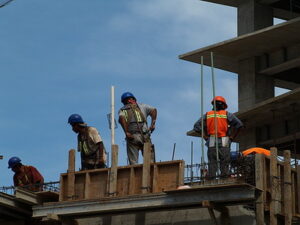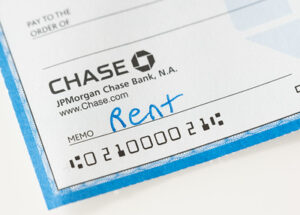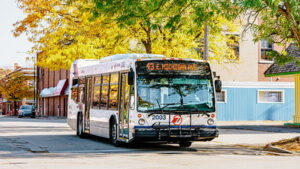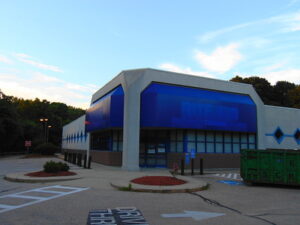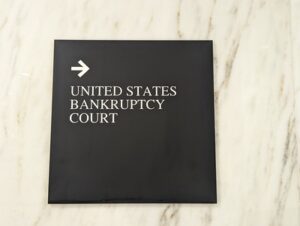Yesterday, I wrote about analysis from the most recent SHED report by the US Federal Reserve. In the report, the Fed data show that Americans are having a harder time setting aside savings for a hypothetical “rainy day.” The personal savings rate has declined, and personal spending has risen.
At first, you might say – “Well, inflation and interest rates account for extra spending.” However, in its analysis, the Fed accounted for both inflation and interest rates, as well as the (smaller) gains in real earnings. The result of the analysis is that post-pandemic America simply spends more than it did pre-pandemic, and the net result is a smaller personal savings rate.
When you look more closely at the data, some trends emerge. One of those trends is that the people best able to manage a 3-month earning hiatus are people over the age of 60, people with bachelor’s degrees, people who live in metropolitan areas, people who identified as Asian, and people without children.
The corollary of this – of course – is that the people who are least able to manage unemployment are new adults, people with lower educational attainment, people who identify as Black and Hispanic, people who live outside of metropolitan areas and people who have children living at home. Those demographics sound very much like the bulk of community college students.
The Fed analysis provides yet another reason to meet these vulnerable Americans at community colleges with programs and strategies in hand to help them earn more and reduce their vulnerability during periods of economic recession.
This is what community colleges should be doing. They should do this all the time, but they should do this especially during periods of economic uncertainty. While we are clearly not in a recession, many Americans are certainly feeling less confident.
Community colleges owe Americans much more than they’re getting
What our community colleges should not be doing is:
- building non-academic buildings
- operating profit-seeking ventures like members-only health clubs that suck millions of net dollars out of the school’s operating budget and increase the school’s debt
- shutting down low-cost childcare options on campus for student parents
- expanding the size of the administration while enrollment declines
- reducing the amount of investment in new instructional programming
- retaining academic programs that do not allow graduates to earn a living wage
- deferring capital refreshes and ignoring needed maintenance on campus building and infrastructure while spending money on cosmetic work on campus
- Issuing bonds that rely on the school’s operational dollars instead of asking taxpayers for a dedicated revenue stream
- subsidizing the attendance costs of out of district and out of state online students
The only corrective action that’s needed here is for the college administration and the Board of Trustees to view every decision through the lens of what is best for the students and the taxpayers of Washtenaw County. When that happens, all of these problems go away.
Like magic.
Photo Credit: Max Pfandl, via Flickr














